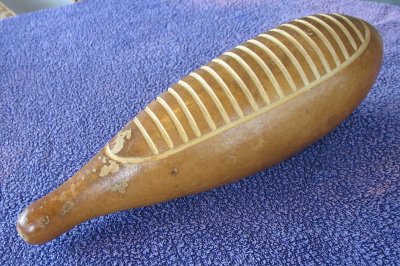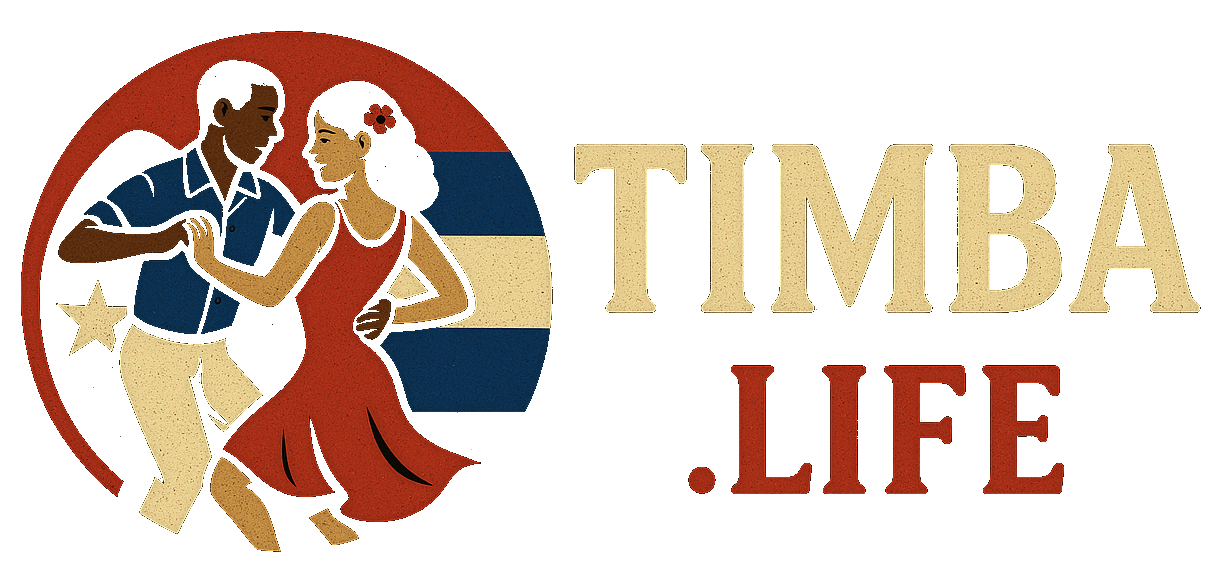Cha-cha-chá
A Cuban dance and music style created in the early 1950s by Enrique Jorrín, evolving from the danzón-mambo tradition in charanga orchestras.
- Origin: Derived from danzón-mambo to be more accessible for dancers.
- Invented in Havana around 1953 by Enrique Jorrín.
- Named after the sound of the dancers’ triple step (cha-cha-chá)
- Performed by charanga ensembles (flute, violins, piano, bass, güiro, timbales)
- Features simplified rhythms compared to mambo"> mambo, making it easier for social dancers
- Became an international ballroom craze in the 1950s
- Blends Afro-Cuban syncopation with European elegance
- Global spread: Quickly gained international popularity.
Mambo
In Cuban music, especially in salsa and son,
the " mambo" section typically refers to a brassy, rhythmically intense instrumental break,
often featuring repetitive horn lines, call-and-response patterns, and building energy toward the climax of a song.
Mambo
In Cuban music, especially in salsa and son,
the "mambo" section typically refers to a brassy, rhythmically intense instrumental break,
often featuring repetitive horn lines, call-and-response patterns, and building energy toward the climax of a song.
Evolved from son and danzón, popularized in Havana but rooted in eastern Cuba’s rhythms.
Lees meer >Cuban Dances Originating in Havana
Havana, the cultural heartbeat of Cuba, played a central role in the creation and evolution of several iconic Cuban dances. Some were born directly in the capital, while others were transformed there into the forms we know today.
Lees meer >
The güiro is central to danzón, cha-cha-chá, son, and salsa, and is a standard feature of charanga orchestras that popularized Cuban dance music in the 20th century.
Lees meer >
